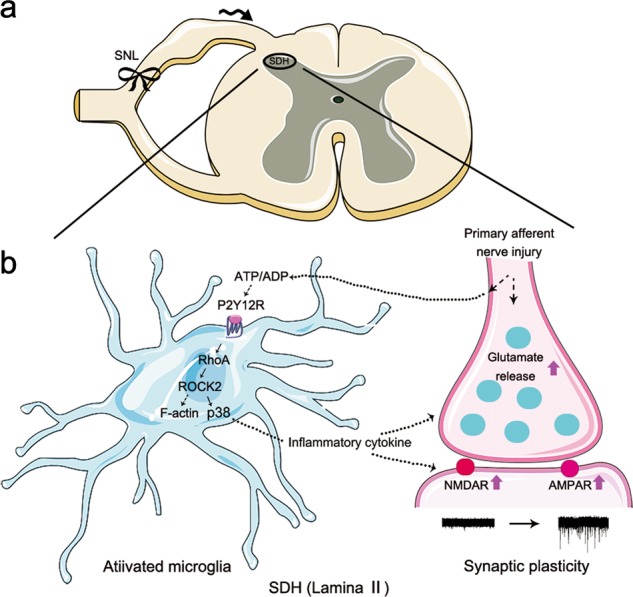Fig. 8. Schematic illustration of neuron–microglia interactions in the superficial dorsal horn (SDH) lamina II (substantia gelatinosa [SG] area) in neuropathic pain.

Nerve ligation induced hyperexcitability of primary sensory neurons causes excessive release of ATP from central afferent terminals, which can activate adjacent microglia in the spinal dorsal horn. As a result, P2Y12 is upregulated in microglia and activated by ATP or metabolic products of ATP such as ADP. Upon activation, P2Y12 activates RhoA/ROCK signaling to induce F-actin stabilization and thereby induce microglia morphology changes. Meanwhile, microglia synthesize and release inflammatory cytokines via the phosphorylation of p38MAPK, leading to enhanced excitatory synaptic transmission and neuronal hyperactivity in the dorsal horn. After such neuromodulation processes in the spinal pain circuit, pain sensitivity is enhanced. Solid lines indicate the pathways and mechanisms demonstrated in this study. Dashed lines indicate possible pathways and mechanisms
